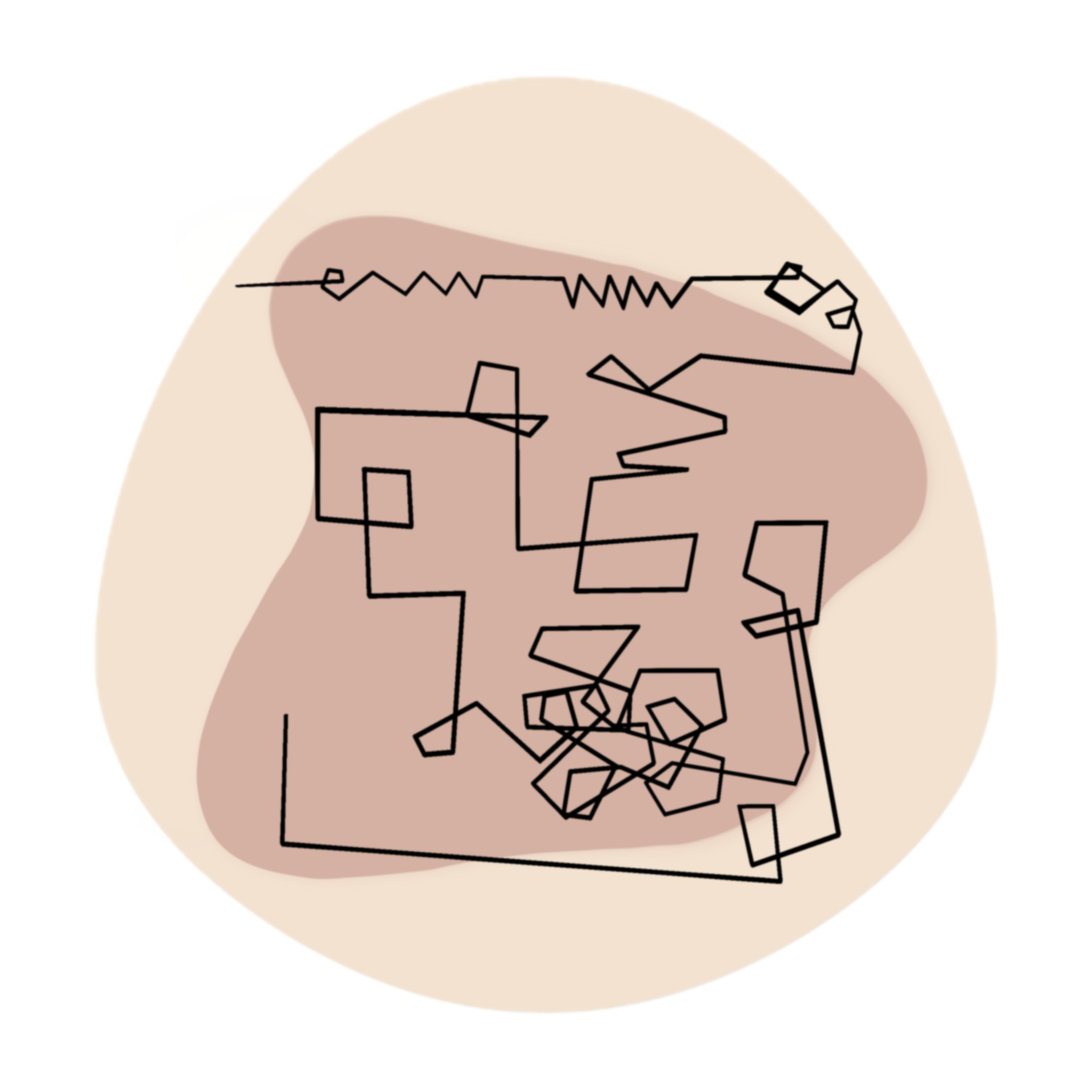…Most fungi grow as thread-like filaments…The filaments are called hyphae (singular hypha). Each hypha consist of one or more cells surrounded by a tubular cell wall. A mass of hyphae make up the body of a fungus, which is called a mycelium (plural, mycelia)
-LibreTexts.org Biology 8.9 Fungi Structure
“Filamentous fungi grow as a multicellular, multinuclear network of filament-shaped cells called hyphae. A fungal individual can be viewed as a fluid, dynamic system that is characterized by hyphal tip growth, branching, and hyphal fusion (anastomosis). Hyphal anastomosis is especially important in such nonlinear systems for the purposes of communication and homeostasis. Filamentous fungi can also undergo hyphal fusion with different individuals to form heterokaryons. However, the viability of such heterokaryons is dependent upon genetic constitution at heterokaryon incompatibility (het) loci. If hyphal fusion occurs between strains that differ in allelic specificity at het loci, vegetative incompatibility, which is characterized by hyphal compartmentation and cell lysis, is induced.”
(Glass et al., 2000, p. 165)
I can’t help but draw parallels between the hyphal fusion and the ways in which individuals create a social fruiting body, and further, how social communities come into form, function, and endure.
Discourse Societies as Mycelium
Do social discourses function as homing mechanisms to attract like people or solidify particular discourse societies? This self-organization through common characteristics, or coming into form through personal ordering, creates societies in the Whiteheadian sense, amalgamating into enduring forms or societies of belief systems. Here, some form of repetition is a requirement, too much novelty or difference, and the form itself would begin to decay. As such, there are core characteristics that must be repeated to maintain the temporal endurance of the form (discourse society).
Could the function of social discourses be to assist in determining whether another may threaten the enduring form of the established discourse society? This is not dissimilar to the processes of hyphal fusion within a mycelium colony or between different colonies. Within the same mycelium colony, hyphae self-fuse to facilitate the distribution of nutrients, expand their communication network, and strengthen their system (Shoji et al., 2015). In instances where hyphae begin to fuse with a different colony, a cellular defense mechanism is triggered. This mechanism has evolved to identify attempted fusions between hyphae of different genotypes (Read & Roca, 2006). Just as ubiquitous thread-like fungi have evolved to recognize other fusions that may transmit infectious elements, discourse-societies use social discourses and jargon to weed-out who is and who is not a part of the in-group. In other words, who might threaten the purity of the genotype? This poses an interesting thought experiment when considering those who voice descent from within the society; would they soon be identified as incompatible (Read & Roca, 2006; Shoji et al., 2015), eventually losing the opportunity to develop any further with(in) said society?
In Process... The mycelium body is a network that serves as a means for communication and transmission. Finding its home in the underworld, it exists outside the awareness of most of us as we carry on about our lives. Through works like The Language of Trees, by Katie Holton; Finding the Mother Tree, by Suzanne Simard; and The Hidden Life of Trees, by Peter Wohllben; a collective understanding has begun to emerge regarding of the entangled life of what at first appears to be individual entities. This extensive living web of communication is similar to the “imaginative ether” described by Whitehead (1929) in Process and Reality and expanded upon by Matthew David Segall (2023) in his book Crossing the Threshold. Here, space is understood as nexus (plural) of events, each event a self-creative process of experience; each experience expanding space with its vector character, moving felt experience from there to here. Space then becomes a medium for the transmission of experience. Because experience is understood to be imbued with possibilities, space is conceived as a living network of creative potential.... In Process
In Process…. What I am curious about right now, is the ways in which we form our identities in a co-creative vs communal sense. I say ‘vs’ because those can be two different happenings. Communal implies an affective experience of together(ness), that there is some kind of safety, autonomy, and reciprocity. Co-creative can embody these same notions but does not require them. Co-creating more so emphasizes the co-constituting nature of entities. Simply put, it is through its relations with other entities that a subject emerges… To what degree does an in(divide)ual relinquish their freedom to create themselves when the-other serves as a gatekeeper; when there are conditions and constraints to particular becomings…how does this impact the spontaneity and improvisation of novel creation of self>… In Process


References:
Glass, N. L., Jacobson, D. J., & Shiu, P. K. (2000). The genetics of hyphal fusion and vegetative incompatibility in filamentous ascomycete fungi. Annual review of genetics, 34(1), 165-186.
Read, N. D., and Roca, M. G. (2006). Vegetative hyphal fusion in filamentous fungi. In F. Baluska, D. Volkmann, and P. W. Barlow (eds.), Cell-cell channels. pp. 87-98. Landes Bioscience. Available from: https://www.ncbi.nlm.nih.gov/books/NBK5993/
Segall, M., D. (2023). Crossing the Threshold: Etheric Imagination in the Post-Kantian Process Philosophy of Schelling and Whitehead. Integral Imprint.
Shoji, J-y., Charlton, N.D., Yi, M., Young, C.A., Craven, K.D. (2015). Vegetative Hyphal Fusion and Subsequent Nuclear Behavior in Epichloë Grass Endophytes. PLoS ONE 10(4): e0121875. https://doi.org/10.1371/journal.pone.0121875
Whitehead, A., N. (1929). Process and Reality. Free Press. (1985).







